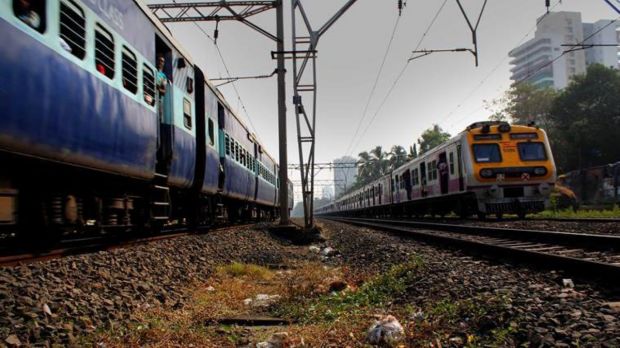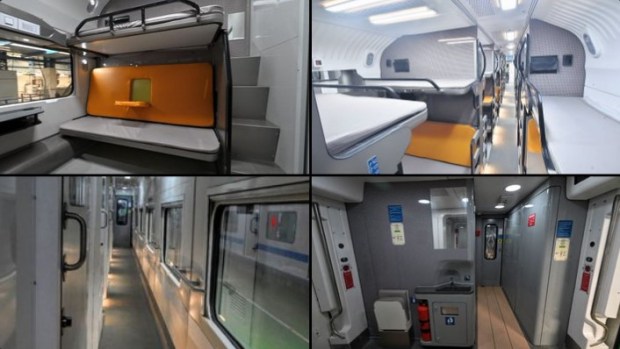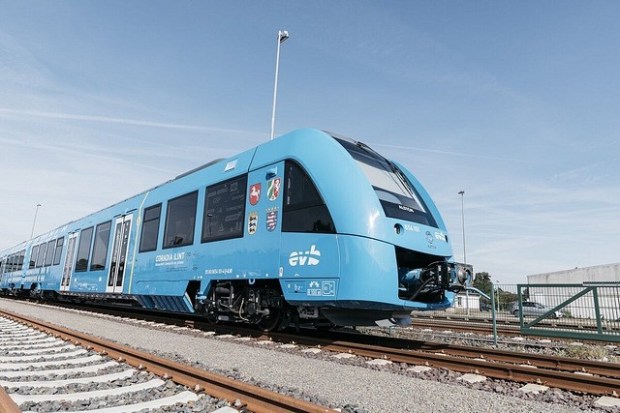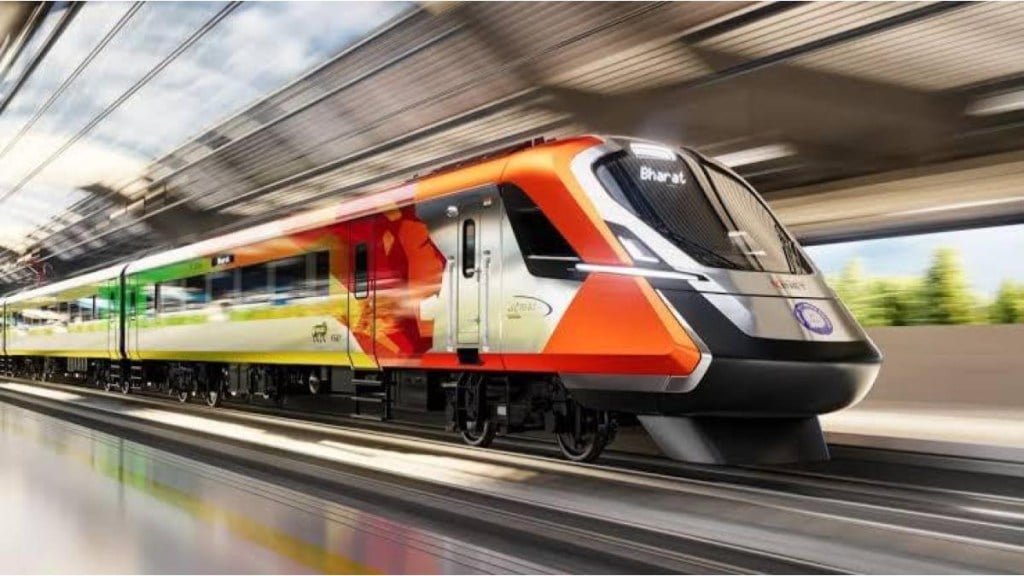The devastating collision between a freight train and the Kanchanjunga Express in West Bengal in June this year, caused by over-speeding and a faulty signal, claimed 11 lives and reignited debates on railway safety in India. This was one of several train accidents in 2024 involving derailments, signal failures and collisions that not only resulted in fatalities and injuries but also caused massive damage to public property.
Amid these challenges, Indian Railways is undergoing a transformation, focusing on safety, modernisation and innovation. Significant investments are being made to upgrade infrastructure, replace outdated tracks and remove unattended railway crossings.
Let’s take a look at steps that Indian Railways has taken to improve safety and modernise the national transporter:
Anti-collision system Kavach
Indian Railways has initiated the Kavach roll-out plan, an indigenous train collision prevention system, to bolster safety. By 2030, Kavach will cover 66,000 route kilometers (rKM) of high-density and key routes, off the entire 68,000 rKM network.

The rollout is planned in three phases:
- Phase I (current): Bids have been invited for 14,735 rKM
- Phase II (FY26): To cover 17,000 rKM
- Phase III (FY27–FY28): Extending Kavach to 30,000 rKM
The cost of installation of this anti-collision system is Rs 50 lakh per rKM and Rs 80 lakh per locomotive. At least 10,000 locomotives, including all new Vande Bharat trainsets, will come equipped with this system.
Railways Minister Ashwini Vaishnaw recently revealed that Rs 1,547 crore has been allocated for Kavach in FY25, surpassing the budgeted Rs 1,112.57 crore. The system is operational on 1,548 rKM across the South and North Central Railways, with progress on critical corridors like Delhi-Mumbai and Delhi-Howrah.
Have accident rates declined? What Railways says
According to the data presented by Indian Railways, efforts to enhance safety are yielding results. Train accidents have plummeted from 473 in 2000-01 to just 40 in 2023-24 and the accident rate per million train kilometers has dropped from 0.65 to 0.03 over the same period, the data states.
Indian Railways is also accelerating track renewals, installing advanced electronic interlocking systems and phasing out older ICF coaches in favor of crash-resistant Linke Hofmann-Busch (LHB) coaches, which have been exclusively produced since 2018.
Modern trains transforming passenger experience
Indian Railways is navigating a dual path of ensuring safety while embracing modernisation. The Vande Bharat trains, popular for their semi high-speed end-to-end connectivity, are expanding into sleeper versions for long-distance journeys. Minister Vaishnaw announced that 10 sleeper prototypes are under production, with 200 sleeper rakes in the pipeline. These trains aim to provide comfortable overnight travel options.

Currently, 136 Vande Bharat train services operate across India with almost 100% occupancy, a testament of sorts to their preference for short and medium-distance travel.
Hydrogen trains
In addition, hydrogen-powered trains are being developed under the “Hydrogen for Heritage” project to enhance eco-friendly travel on hill and heritage routes. The project involves retrofitting existing diesel-electric multiple unit (DEMU) rakes with hydrogen fuel cells, at an estimated cost of Rs 80 crore per train and Rs 70 crore per route.

These cutting-edge trains promise to revolutionise rail travel by supporting the nation’s ambitious zero-carbon emission goals. In the financial year 2023-24, the Ministry of Railways allocated a substantial Rs 2,800 crore for the creation of 35 hydrogen-powered train sets. Designed to operate with minimal environmental impact, these trains will harness the potential of hydrogen as a clean, renewable energy source, offering a greener alternative to traditional fossil fuels.
Adding to the initiative, the government has earmarked ₹600 crore for the development of hydrogen infrastructure on heritage routes.
